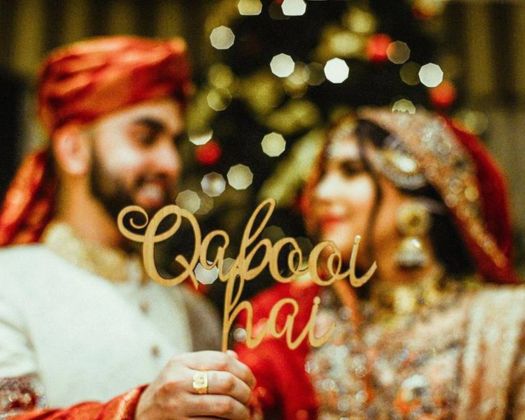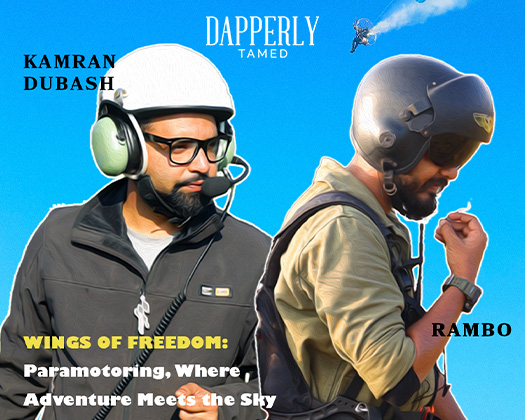A Symphony of Traditions: Unveiling the Rich Rituals of a Typical Muslim Wedding
Introduction:
A Muslim wedding is not merely a celebration; it is a profound and spiritual union of two individuals embarking on a journey of love, commitment, and shared destiny. Steeped in tradition and cultural richness, a typical Muslim wedding is a tapestry of rituals and ceremonies that signify the sanctity of the bond. In this comprehensive guide, we unravel the intricacies of these rituals, providing a kaleidoscopic view of the diverse cultural nuances that make each Muslim wedding unique.
Magni - Formalizing the Commitment:
Much like engagements in other cultures, Magni is the formalisation of the commitment between the bride and groom. Families gather to exchange rings, and gifts such as dry fruits, jewellery, and clothing are shared between both families, setting the stage for the joyous journey ahead.
Manjha (Haldi) - Bridal Glow and Festive Joy:
This intimate pre-wedding ceremony involves smearing the bride with turmeric paste by female family members. Accompanied by music, dance, and laughter, this ritual brings forth the vibrant energy and festive joy that permeates the air.
Sanchaq - Gifting Laden with Love:
The Sanchaq ceremony is a heartfelt visit to the bride's home by the groom's family, laden with gifts for the bride. From bridal outfits to jewellery and perfumes, these gifts symbolise the love and blessings bestowed upon the bride.
Mehndi - Artistry and Celebration:
The Mehndi function is an intimate gathering where the bride's hands and feet are adorned with intricate henna designs. Accompanied by singing, dancing, and merry-making, Mehndi is a celebration of artistry and love. The groom's initials often find a place in the henna patterns as a symbol of affection.
Nikaah - The Sacred Union:
The heart of the wedding, Nikaah is the sacred union where the groom arrives with a lively baraat. The ceremony, officiated by a Maulvi, involves recitation of verses from the Quran. The bride and groom, separated by a curtain, express their consent, culminating in the signing of the Nikaahnama, the official marriage contract.
Arsi Mushaf - Gazing into Destiny:
A unique custom, Arsi Mushaf marks the first sight of the bride and groom on their wedding day. Sitting side-by-side with a veil covering their heads, they gaze upon each other's reflection in a mirror placed before them by the Holy Quran.
Rukhsat - A Tearful Farewell:
Similar to the Vidaai ceremony in Hindu weddings, Rukhsat is the emotional farewell where the bride bids adieu to her family. Welcomed at her new home by the groom's mother with the Holy Quran, it signifies the beginning of a new chapter in her life.
Walimah - Culmination in Grandeur:
The final function, Walimah, is a grand reception hosted by the groom's family. The couple, adorned in finery, receives blessings and gifts from family and guests. The evening is filled with revelry, sumptuous food, and the joyous culmination of the wedding festivities.
Unique Aspects of Muslim Weddings:
Mehr - Symbol of Consent: Unlike dowry, the groom's family presents Mehr, an agreed-upon token money, seeking the bride's consent for the marriage.
Gender Separation: Men and women are traditionally separated during the ceremony, with a curtain drawn between them, reflecting cultural norms.
Sumptuous Feast: Muslim weddings are renowned for their lavish feasts, with dishes like Biryani stealing the culinary spotlight.
Vows: Couples listen to the Maulvi, who speaks about their duties and responsibilities to each other and to Allah.
Fashion Tips for Immersing in the Culture:
Sharara and Gharara: Embrace the Nawabi charm with flared shararas or ghararas, paired with embellished kurtas and dupattas.
Ivory Intricacies: Opt for soft, subdued palettes of ivory and cream for an ethereal look, complemented by pearl or polki jewellery.
Charming Chikankari: Incorporate intricate Chikankari work for a touch of Lucknowi elegance, pairing it with vintage jewellery.
Bling it Up: Elaborate shararas or ghararas with shimmering designs add a touch of dazzle to your ensemble.
Modest Silhouettes: Maintain cultural modesty with flowy couture, avoiding deep necklines and revealing designs.
Conclusion:
A Muslim wedding is a cultural symphony, weaving together traditions, rituals, and celebrations into a rich tapestry of love and commitment. Each ceremony holds profound significance, and the unique aspects of Muslim weddings contribute to their timeless allure. Whether you are a bride, groom, or guest, understanding these rituals enhances the appreciation of the cultural depth and beauty encapsulated in a typical Muslim wedding.









